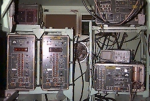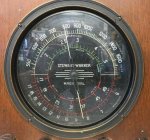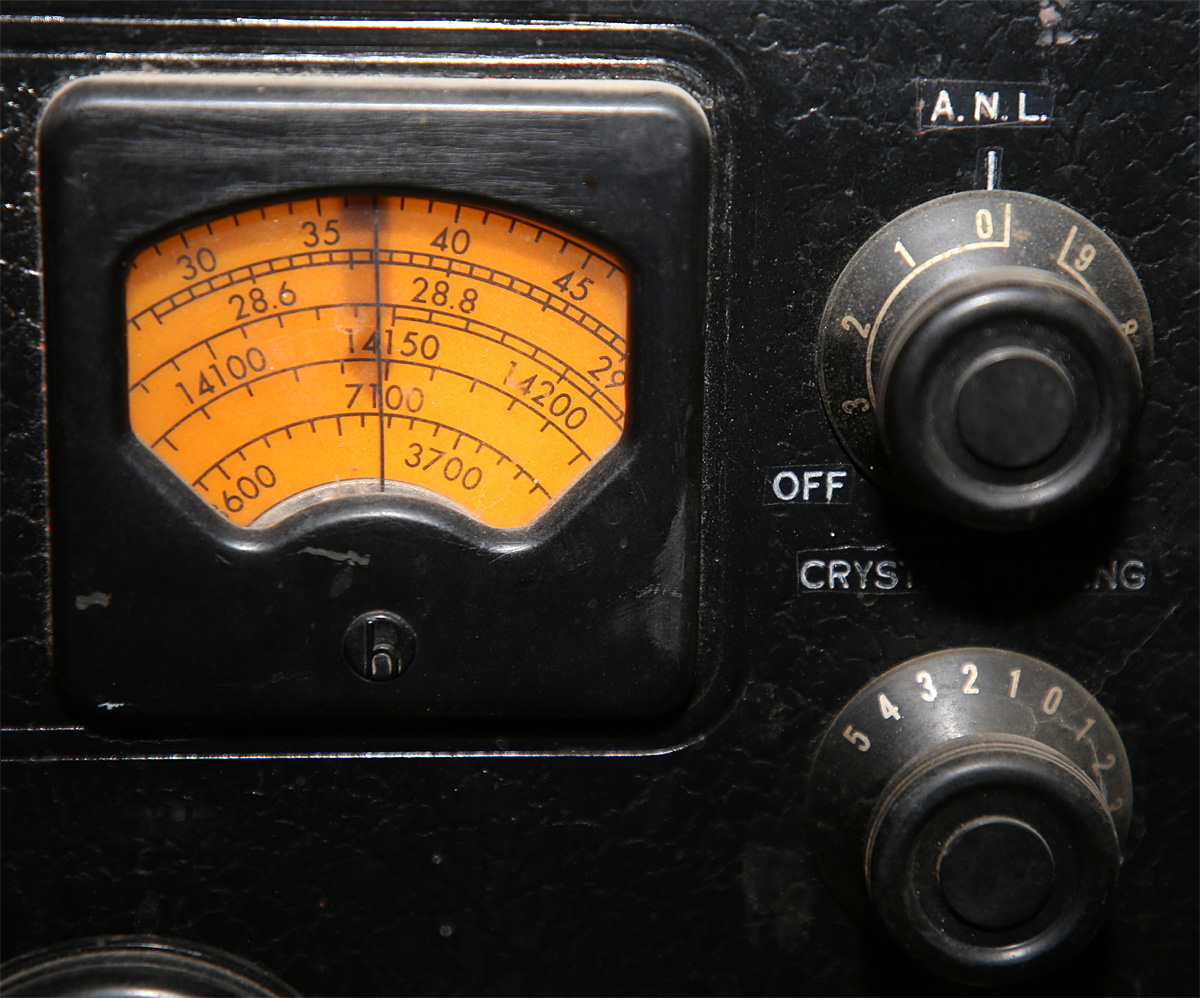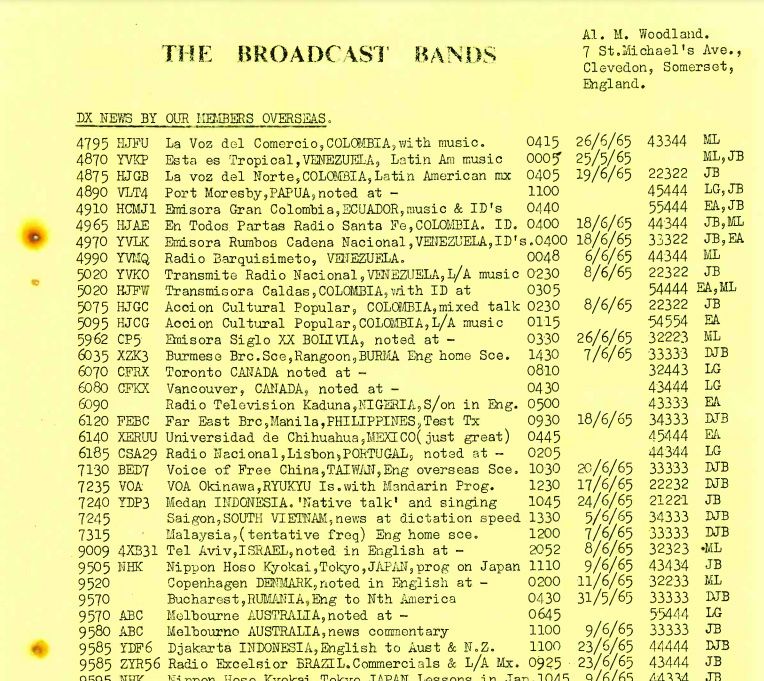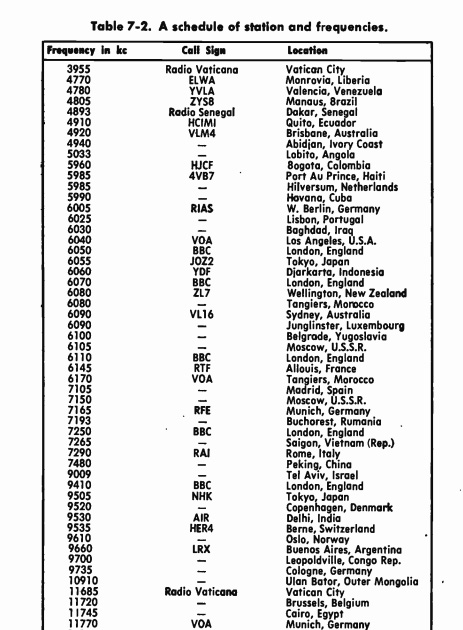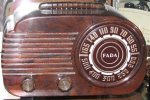Look carefully at the picture. Look at each of the three bands. What frequency term is used for the regular AM broadcast band up through the low police band? What frequency term is used for the Intermediate band? The shortwave band is calibrated twice, once in meters, and what is the term used for the frequency?

So what it is saying is that there is not enough dial space to put kHz (or kc, at the time) on other bands and still be large enough font to read it? Or is it saying that tracking and the frequency indicator is not accurate enough to bother showing kHz, since you just have to guess at the actual frequency based on the dial indicator?
There is no doubt that most radio main dials showed shortwave frequencies in MHz, I said exactly that in my earlier post. Some bandspread dials showed it in kHz (or kc in the day) while others showed it also in MHz. Like this 1942 Hallicrafter SX-28:
I think you have lost track of what you said at the beginning. You said "I actually go back to the days when we used kiloCYCLES, Kc for standard broadcast AM (540-1600 Kc) and megaCYCLES, Mc for shortwave." My response to that was "There is no "official" standard (within a hobby community) for when to switch from kc (or kHz) to mc (or MHz), but the general rule I was taught in the 1960's was that (assuming you knew the frequency with enough precision) it was expressed in kHz (or kc) below 30 MHz, and MHz (or Mc) above 30 MHz, until you got up to 1000 MHz when you shifted to GHz (or kMc)."
You seem to have taken exception to my saying the use of kHz (or kc) to reference frequencies on the shortwave bands was quite common and normal.
Lets look at some specific examples to see how shortwave frequencies were actually referenced on a regular bases.
At random I picked four past references that can be found online. I did not search for specific examples, these are the first four I found in a search when I started looking at broadcast schedule lists and reports of reception. The first four I found were an American SWL Club News Letter from 1970 (
https://worldradiohistory.com/Archive-DX/Miscellaneous/American-Short-Wave-Club-1970.pdf ), an International Shortwave Listener (ISWL) Monitor news letter from 1965 (
https://worldradiohistory.com/Archi...ational-Short-Wave-League-Monitor-1965-08.pdf ), The ABC's of Shortwave Listening from 1962 (
https://worldradiohistory.com/Archive-DX/Miscellaneous/SAMS-ABC's-of-Short-Wave-Listening-Buckwater-1962.pdf ), and the Manual of Shortwave Radio, Volume II, 1932 (
https://worldradiohistory.com/BOOKS...he-Manual-of-Short-Wave-Radio-Vol-II-1932.pdf ).
All of these resources reference shortwave frequencies, when actually listing frequencies and not just talking about radio dials, in kc or kHz.
American SWL Club newsletter, 1970:
ISWL Monitor Newsletter, 1965:
The ABC's of Shortwave Listening, 1962:
Manual of Shortwave Radio, Volume II, 1932:
T!


